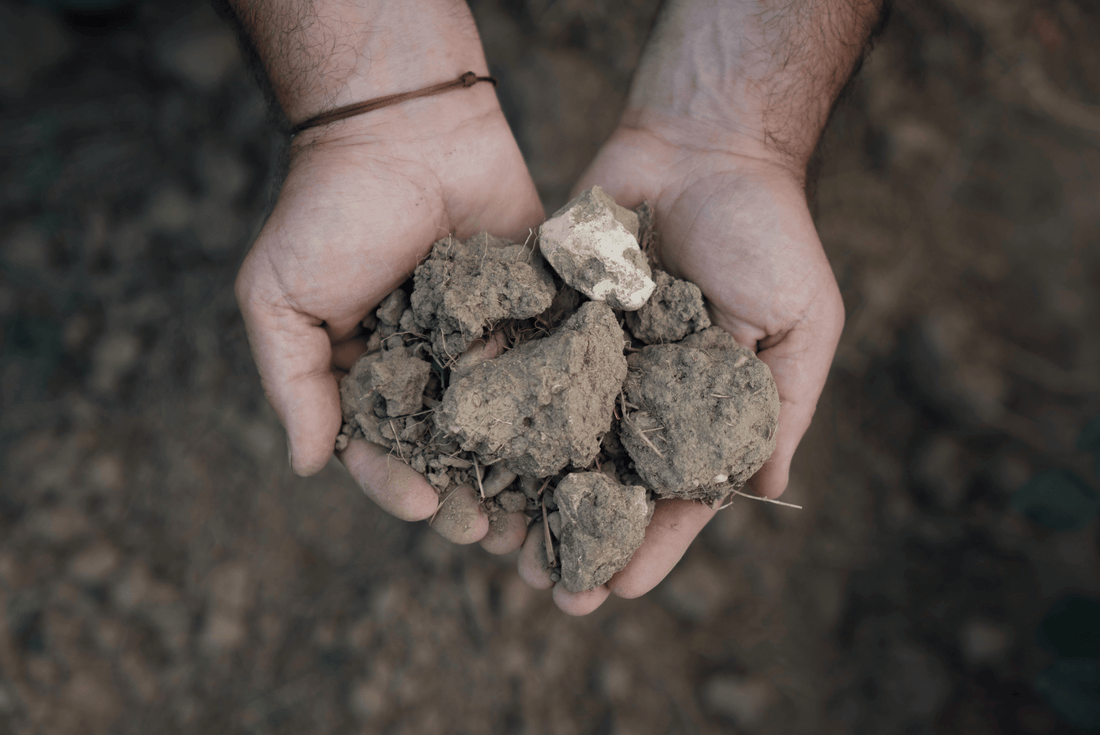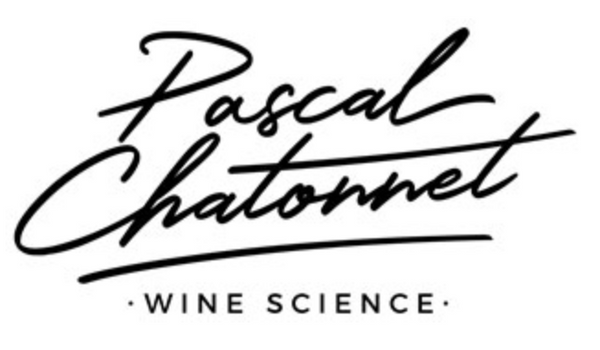
Preparation of soils for planting in our Vineyards
The vine is a perennial plant that we seek to keep in place for as long as its production allows. Below a certain production, it is obvious that there is no longer any economic logic for maintaining plots that are too old. However, it is in
been practicing what we do now for many years and which explains that the average age of our vineyard exceeds forty years (the extremes varying from 1 to 80 years).
But these particularly old vines give us grapes without comparison that are
essential to have available because capable of influencing the profile and quality of the wine well
beyond their strict mathematical proportion.
The destiny of a tired vineyard is nevertheless to one day be uprooted and replanted. If our
monoculture prevents us from regular crop rotation, our Agro-Synergic principles
require us at this moment to carry out a profound and prolonged cultural inversion and to
delay replanting for 3 to 5 years.
This is in no way an uncultivated fallow but rather the regeneration of certain
soil functions, exhausted by ancient monoculture, thanks to the implementation of sequences
from radically different cultures. The objectives are multiple:
Restore a relatively high stock of organic matter in the layer
surface of the soil with emphasis on the accumulation of nitrogen (culture of leguminous
hairy vetch type, red clover, sainfoin, associated with cereals such as oats, barley,
wheat) to restore a more complex and dynamic microbiota, eliminate
possibly nematodes vectors of viral diseases by the implantation of these
same crops in association with white and yellow mustard which have
nematicidal property;
Deeply restructure the porosity of the soil without deep mechanical work thanks to
plants with more or less dense and deep taproots
If this proves necessary, it is also believed that excess copper could be eliminated in this way.
accumulated in the soil for more than a century by cultivating naturally organic species
accumulators (Grevillea exul) which will then be harvested and exported (phyto-remediation).
We take this opportunity to correct the topography of the plots which are generally
shaped like a bell to facilitate their natural drainage on the surface; if soil modifications
are necessary, the surface layers are temporarily isolated then restored
place ; deep layers are never brought to the surface in order to protect the
original characteristics of our terroirs.
We then systematically carry out underground drainage using modern techniques which
allow you to eliminate temporary excess water at the end of winter and spring on the soil
clayey or silty-clayey so as to allow the roots of the vine not to stagnate
too superficially; the roots by resuming their exploratory growth in depth as soon as
spring are thus much more able to explore all the resources of the soil and to resist
to possible water stress during the summer by being able to draw essential water from the
layer of clayey molasses which underlies all our terroirs. Ancient drainages under
form of pottery drains are regularly found in the region; they are now
replaced by more efficient and resistant materials over time. It's a
costly investment but which is made for the very long term.
